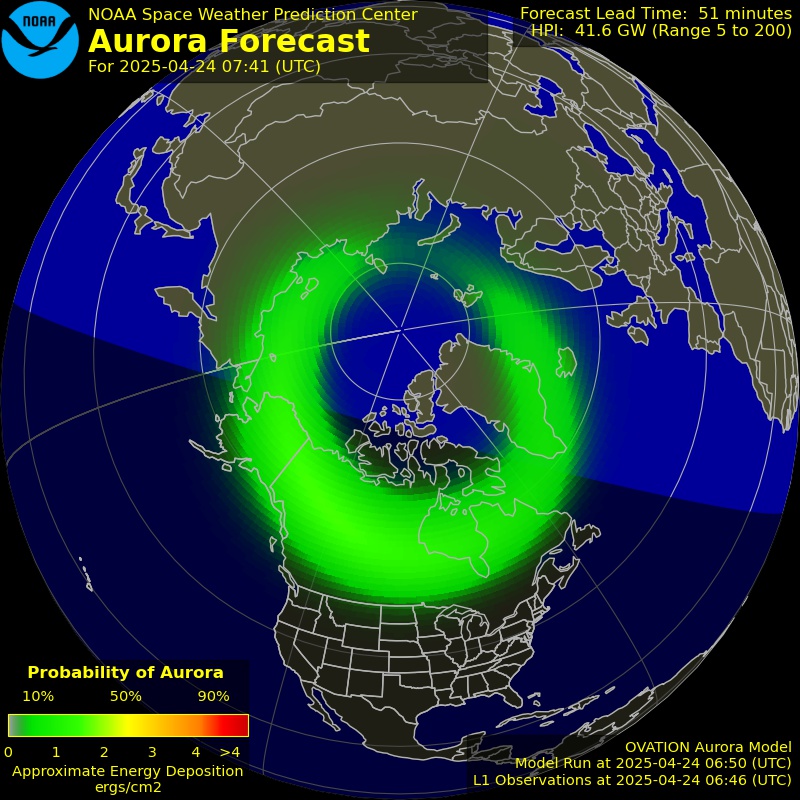Severe Weather Awareness Week: Lightning and Hail
Apr 09, 2019 06:45AM ● By Editor
This is Severe Weather Awareness Week. From the MN Department of Homeland Security and Emergency management - April 9, 2019 STORMS, HAIL AND LIGHTNING Thunderstorms affect relatively small areas, compared with most other storms. The typical thunderstorm is 15 miles in diameter and lasts for 30 minutes — but whatever their size, all thunderstorms are dangerous. Severe thunderstorms produce large hail or winds of at least 58 mph. Some wind gusts can exceed 100 mph and produce tornado-like damage. That’s why many communities will sound their outdoor sirens for damaging straight-line winds. When a severe thunderstorm threatens, stay inside a strong structure. Mobile home occupants should go to a more permanent structure. Thunderstorm WindsThunderstorms can produce straight-line winds that exceed 100 miles per hour. For this reason you should treat severe thunderstorms just as you would tornadoes. Move to an appropriate shelter if you are in the path of the storm. The strong rush of wind from a thunderstorm is called a downburst. The primary cause is rain-cooled air that accelerates downward, producing potentially damaging gusts of wind. Strong downbursts can be mistaken for tornadoes, and they're often accompanied by a roaring sound similar to that of a tornado. Downbursts can easily overturn mobile homes, tear roofs off houses and topple trees. Campers are especially vulnerable because trees can fall into campsites and onto tents. Minnesota's strongest thunderstorm gust was 85 mph on June 19, 2007, near Goodridge . HailHail is product of thunderstorms that causes nearly $1 billion in damage every year. Most hail is about pea-sized. Much of it is the size of baseballs, and it can reach grapefruit-size. Large hail stones fall faster than 100 mph and have been known to kill people. LightningEvery thunderstorm produces lightning! Lightning kills an average of 47 Americans each year. Hundreds more are severely injured. Lightning Safety Tips
Indoor Lightning Safety
Last Resort Outdoor Risk Reduction TipsIf you are caught outside with no safe shelter anywhere nearby the following actions may reduce your risk:
Myths and Facts About LightningMyth: If it is not raining, there is no danger from lightning. Fact: Lightning often strikes away from rainfall. It may occur as far as ten miles away from any rainfall. Myth: Rubber soles on shoes or rubber tires on a car will protect you from being injured by lightning. Fact: Rubber provides no protection from lightning. However, the steel frame of a hard-topped vehicle provides some protection if you are not touching metal. Myth: People struck by lightning carry an electrical charge and should not be touched. Fact: Lightning victims carry no electrical charge and should be attended to immediately. Myth: Heat lightning occurs on very hot summer days and poses no threat. Fact: What is referred to as heat lightning is actually lightning from a thunderstorm too far away for thunder to be heard. However, the storm may be moving in your direction. | |
To read hundreds of helpful articles on emergency preparedness and outdoor and household safety, follow this link to the Boreal Emergency Preparedness Portal. https://www.boreal-emergency.org
Watch a lightning safety video from the National Weather Service

